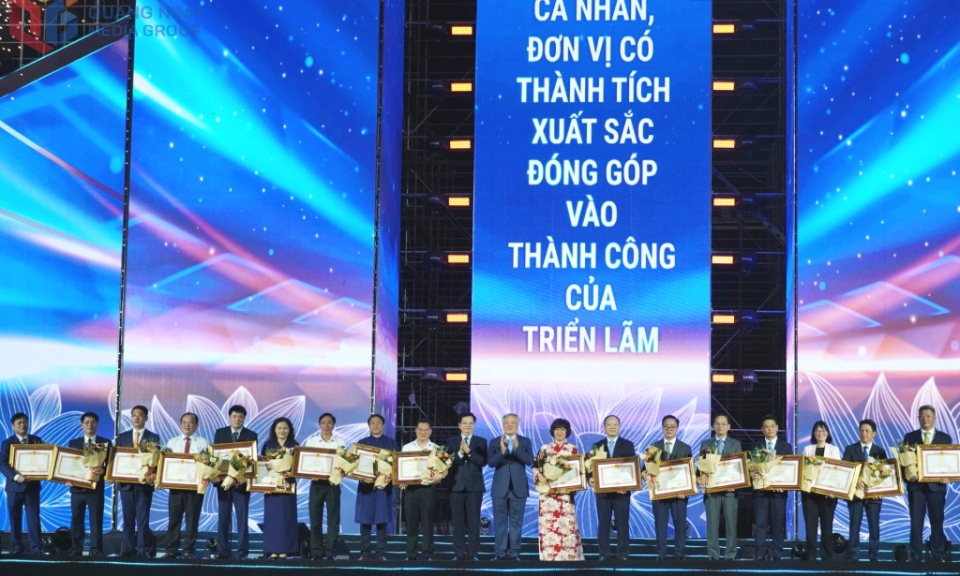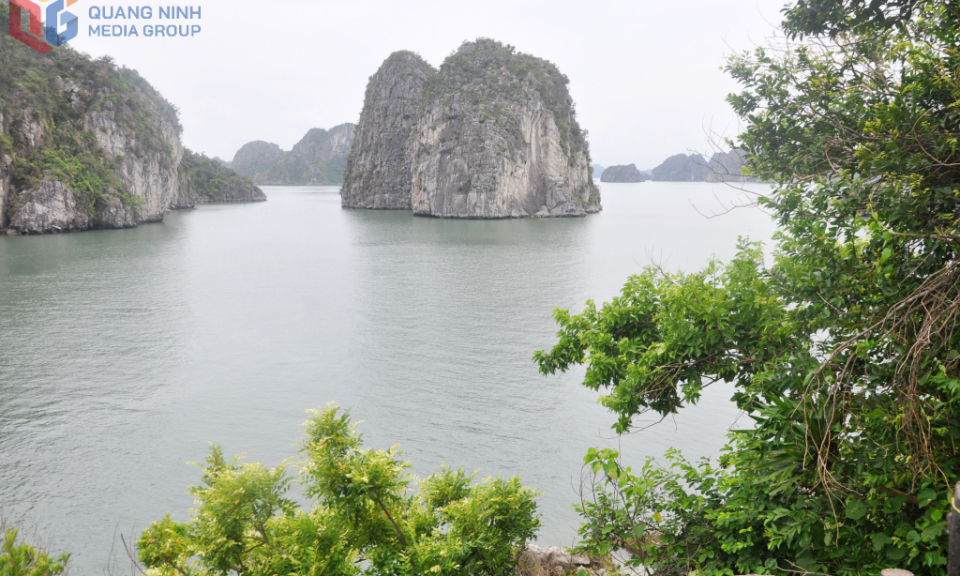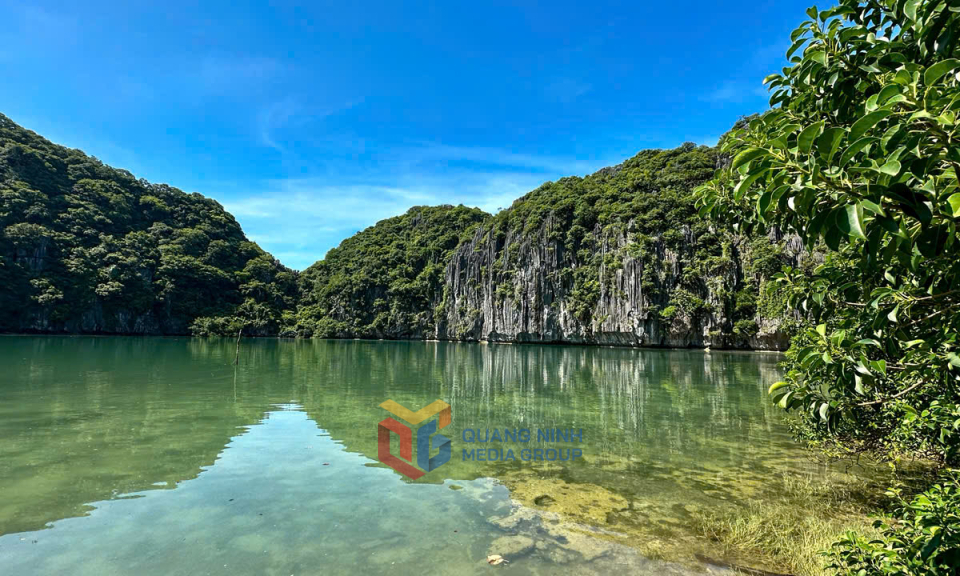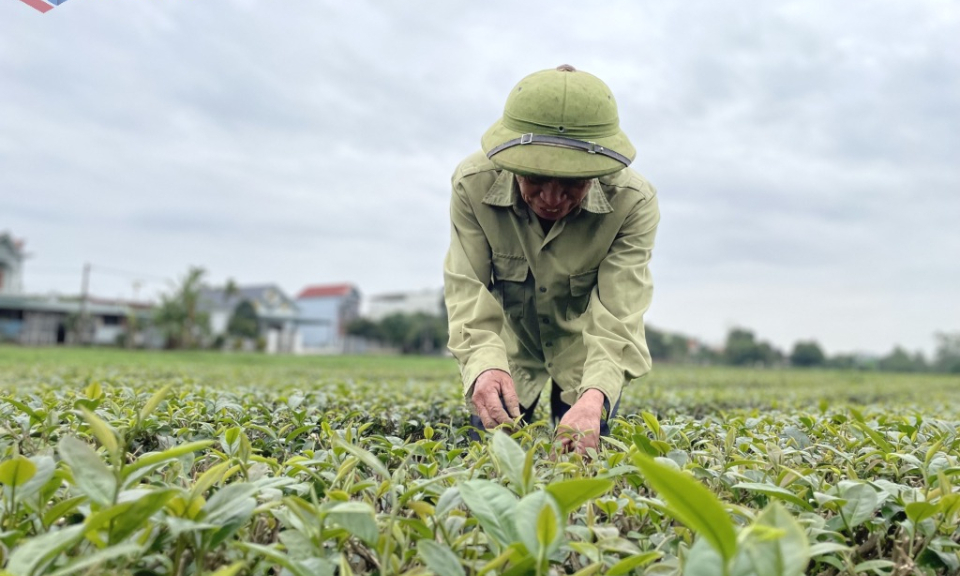Bai Tu Long National Park conserves rich biodiversity values
Located within Bai Tu Long Bay in Quang Ninh province, Bai Tu Long National Park has proven to hold significant biodiversity values, with great efforts having been made to conserve them.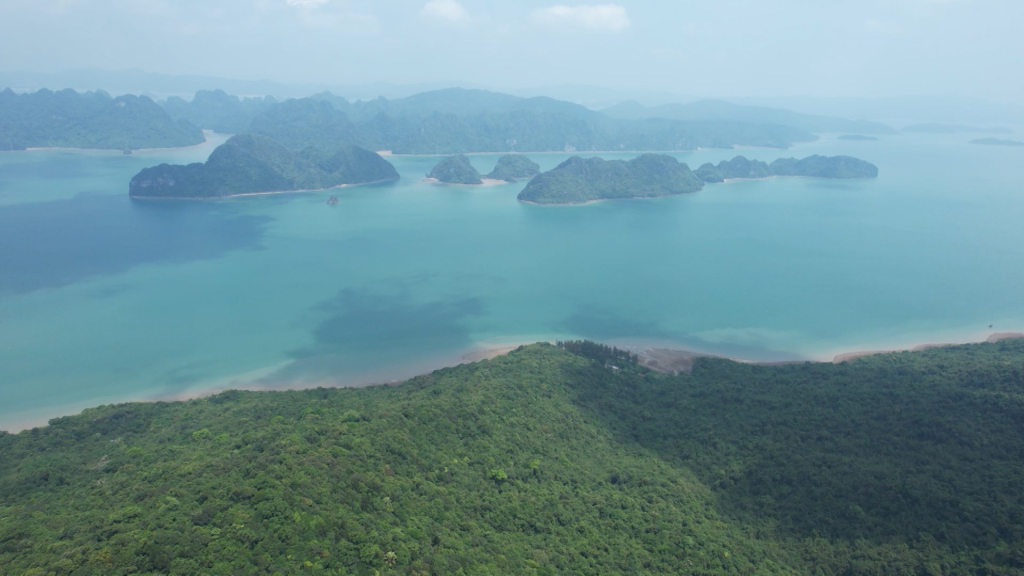
Bai Tu Long Bay comprises hundreds of islands in both big and small sizes. They belong to two types: lime-stone islands and schist islands. The islands of Bai Tu Long are the result of tectonic process over 300 million years. Many of them are well-known tourism islands such as Quan Lan Island, Minh Chau Island, Ngoc Vung Island, and The Vang Island. Karst corrosion process and weathering created several amazing caves, especially Quan Cave (Navy Cave).
The national park of Bai Tu Long, founded in 2001, covers more than 15,780ha in the Minh Chau, Ha Long, and Van Yen communes of Van Don district, including 6,125ha of over 80 islands and islets and almost 9,660ha of sea surface. It is one of the seven national parks in Vietnam with both forest and marine ecosystems.
According to statistics, there are 2212 species (including 992 species of terrestrial organisms, 1220 species of marine organisms) of which 106 species are recorded in the Vietnam Red Book as well as the Red List of International Union for Conservation of Nature (IUCN).
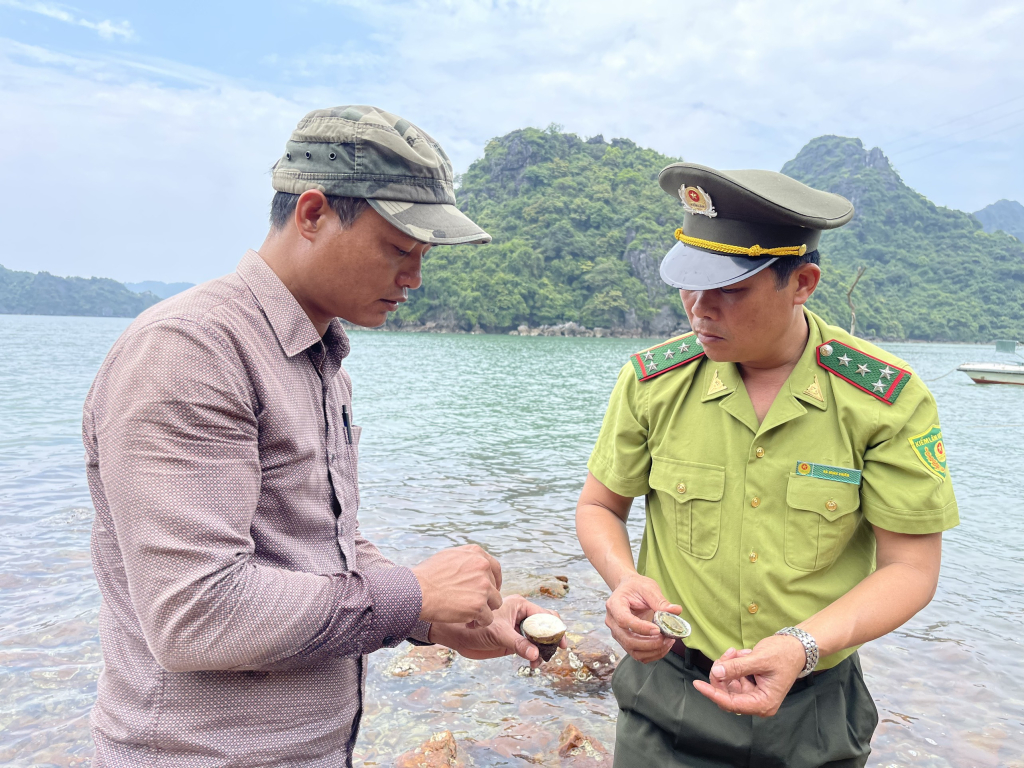
The rare and precious animals in Bai Tu Long National Park include Sumatran serow, Spotted monkey, Clouded leopard, Indian muntjac, Small Indian civet, Large Indian civet, Hawksbill sea turtle, Dolphin, Abalone, etc. Rare and precious plants include Cycas balansae, Radix morindae officinalis, Nageia fleuryi, Hopea chinensis, Erythrophleum fordii, etc. In addition, there are 29 species of sea worms, 149 species of mollusks, 22 species of crustaceans and 15 species of echinoderms, etc.
Bai Tu Long also boasts ecological integrity – a unique case among national parks in Vietnam and the world since its ecosystems remain almost untouched, while ecosystems around the globe have been facing severe fragmentation.
With such biodiverse treasures, the management and protection of natural resources and the environment have been named the leading tasks in Bai Tu Long National Park. Currently, many projects have been implemented to promote biodiversity conservation in Bai Tu Long National Park.
Various communication activities have been implemented to raise public awareness of wildlife conservation, including the publication of books, newspapers, and leaflets; organising contests and meetings; opening a community-based education centre and a biodiversity museum; and encouraging aquaculture farmers and fishermen to commit to environmental protection regulations and methods.

